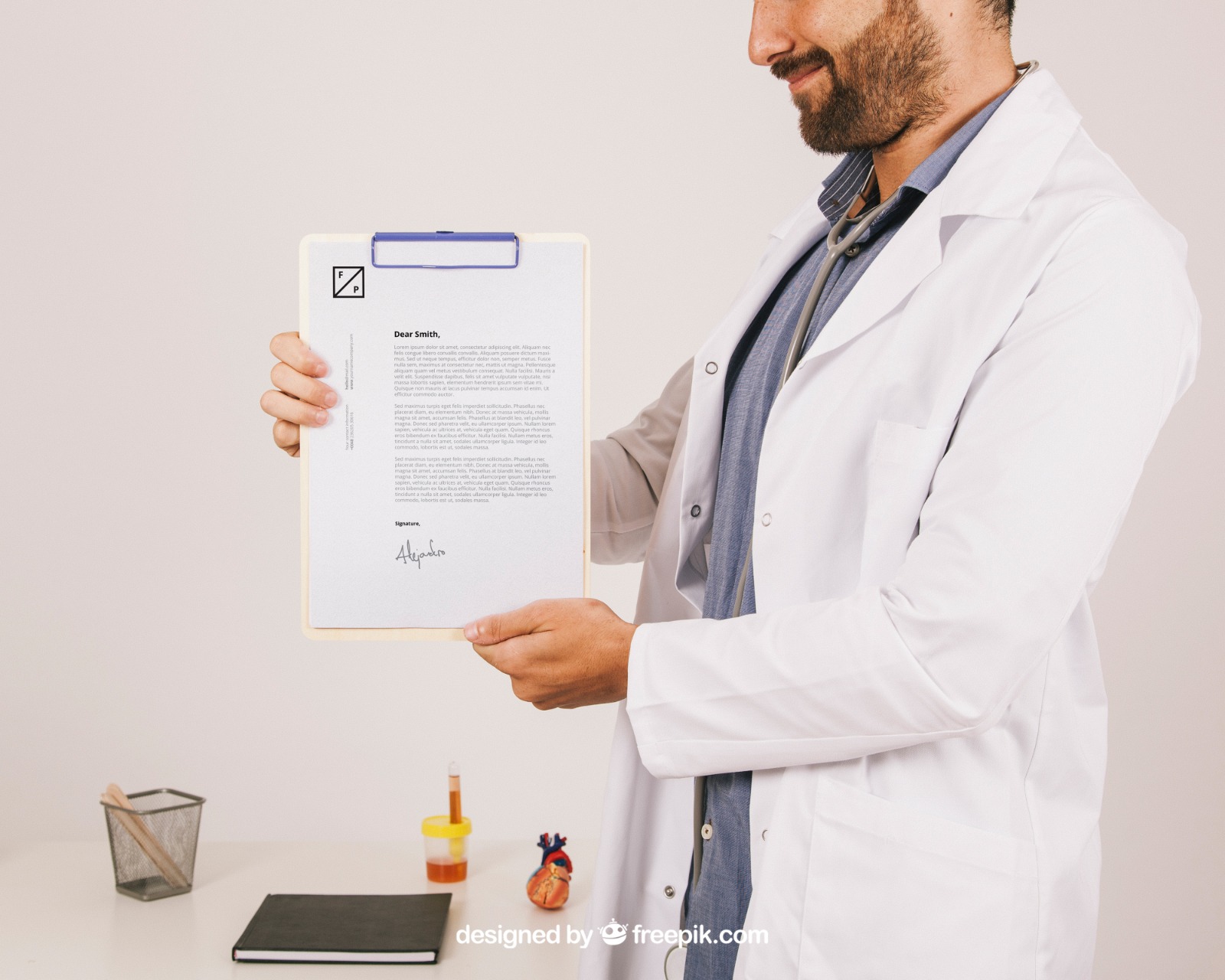- Step 4: Make Use of Medical Engagement Chatbot
- In this age of digitalisation, providing high-quality services alone won’t get you, additional clients. Your current and potential customers should quickly recall your website on the SERPs. With the help of One Egg Digital, your SEO is optimised so that you appear high in search results, guaranteeing an increase in traffic as you grow your clientele.
- You Attain Complete Transparency
You become our partners as soon as you sign with us. Throughout our relationship, we ensure complete transparency. You will receive regular updates on the performance of your campaigns as well as monthly performance reports from our team at One Egg Digital. We will also inform you about the upcoming plans that would boost the rise of the orthodontic practice.
One Egg Digital keeps track of the SEO techniques you’ve put in place and compares them regularly to see how your website traffic has changed. Additionally, we, as a marketing agency, work to get your orthodontic website on the first page of search results, which leads to a rise in return on investment.
- You are Welcome with Effective SEO Tactics
Many strategies and SEO efforts are needed to build and develop a solid online presence. While we can’t guarantee results immediately, we can ensure that your orthodontic website will be considerably better off in a few months. Your clientele and your practice’s total profitability will grow thanks to our well-executed SEO strategies.
- You are Welcomed with Personalised Strategies
At One Egg Digital, we understand the value of customised SEO strategies tailored to the particular requirements of your orthodontic practice. So, we assist with helping you get the task of preparing the orthodontic SEO strategies so that you can get the customer for the same service. You may rest easy knowing that we will only make decisions and develop materials relevant to your company.Chatbots are becoming very popular on websites, regardless of their industry. First adopted by retail websites, healthcare websites (including dentists) have found them immensely useful. A well-programmed chatbot will help cut down on calls and messages to the front desk, allowing the staff to focus on more complicated patient issues. A chatbot will intercept many (although not all) questions and help requests from website visitors, turning possible website bounces into conversions.
A chatbot is just a simple program designed to engage website users to help them answer questions or accomplish simple tasks. When determining the best questions or tasks to program into a chatbot, the best place to start is to ask the front desk staff. They are often the first to interact with patients and are likely the most frequent. They will list the most frequent questions they get asked and the most frequent simple tasks they have to help patients with over the phone or email. This will offer a dental practice a quality starting step when developing their questionnaire for a chatbot. Any task or questions a chatbot can not field will take a website visitor’s contact information and inquiry. From there, it will store it on a HIPAA-compliant server so staff can address it later.
Finally, one of the most talked about the benefit of a chatbot is how to customize it for the smooth running of the dental practice as taken help by the dental marketing agency. If a new health question starts blinking in your mind, it can be incorporated into a chatbot’s list of questions. It can also be updated as soon as possible. For example, when COVID-19 caused the quick implementation of shutting down and safety protocols intact, chatbots were updated promptly with patients’ most common questions and current information.



